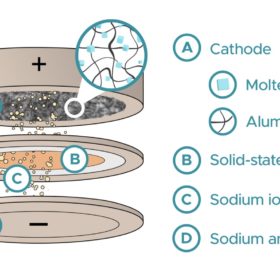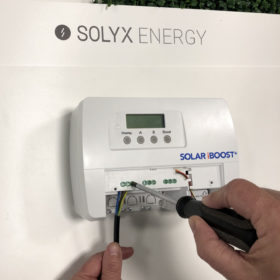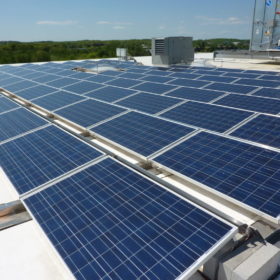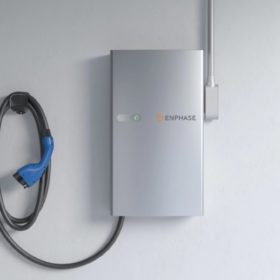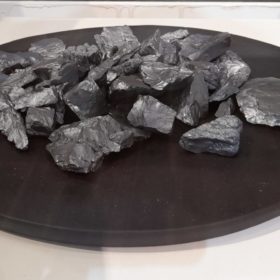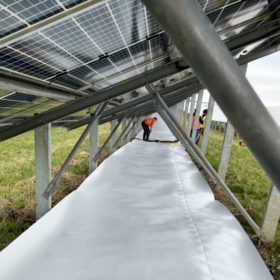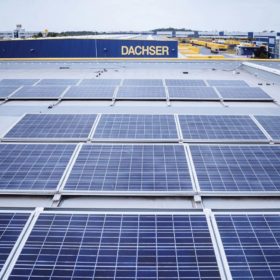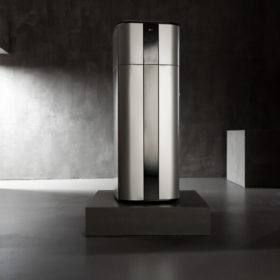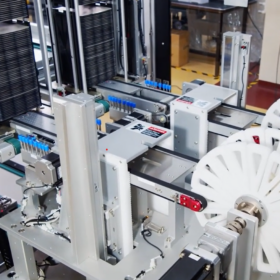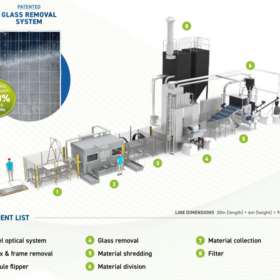Sodium aluminum battery for renewables storage
US researchers have designed a molten salt that could potentially reach an energy density of up to 100 Wh/kg at a cost of $7.02/ kWh. The battery uses an aluminum cathode that charges quickly and reportedly enables longer-duration discharge.
Dutch startup unveils controller to store excess PV power in hot water
Solyx Energy has developed a device to maximize solar self-consumption in residential homes. The sensor measures how much solar power can be fed back into the grid at different times, while a controller redirects that excess energy into an electric water heater.
AC vs. DC in residential buildings equipped with solar-plus-storage
Scientists in Sweden have compared AC and DC topologies in PV-powered buildings using battery storage. They have found that DC distribution systems can achieve energy savings when they are combined with solar-plus-storage systems.
Enphase demonstrates bidirectional EV charger
Enphase’s new bidirectional EV charger enables vehicle-to-home and vehicle-to-grid applications, and can be integrated with its home energy systems.
Polysilicon price rebound continues
Polysilicon prices started to rise in the second half of January, according to new data from the China Nonferrous Metals Industry Association (CNMIA).
Reflective membrane to increase albedo, power yield in bifacial PV projects
Germany-based Solmax has developed a reflective membrane made of polyethylene resins and coated with a thin white polyethylene layer that reflects ultraviolet (UV) rays. The company claims the membrane can increase the energy yield of a bifacial PV project by between 5% and 20%, depending on the plant configuration.
From diesel to DC
For a long while, it looked as if hydrogen fuel cells would be the technology of choice for emissions-free road transport. However, truck manufacturers and freight forwarders recently turned their attention to battery-electric vehicles. This will require special charging technology and PV looks set to play an important role.
LG unveils heat pump for water heating
LG has developed an air source heat pump with the capacity to heat 200 liters to 270 liters of domestic water. It uses R134a as a refrigerant and the pump has a coefficient of performance (COP) of up to 3.85.
Australian scientists unveil method to produce hydrogen straight from ocean
University of Adelaide researchers and their international partners have successfully used seawater with no pre-treatment to produce green hydrogen. They did this by introducing an acid layer over the catalysts in situ.
Solar may cover the world’s electricity demand with 0.3% of its land area
An international research group claims that raw materials and land availability do not present a real barrier for a global energy system with solar at its center. They said that forecasts for PV growth should not have their axis on utility-scale power plants and instead consider vertical PV, agrivoltaics, and floating PV as the source of future big market volumes.
